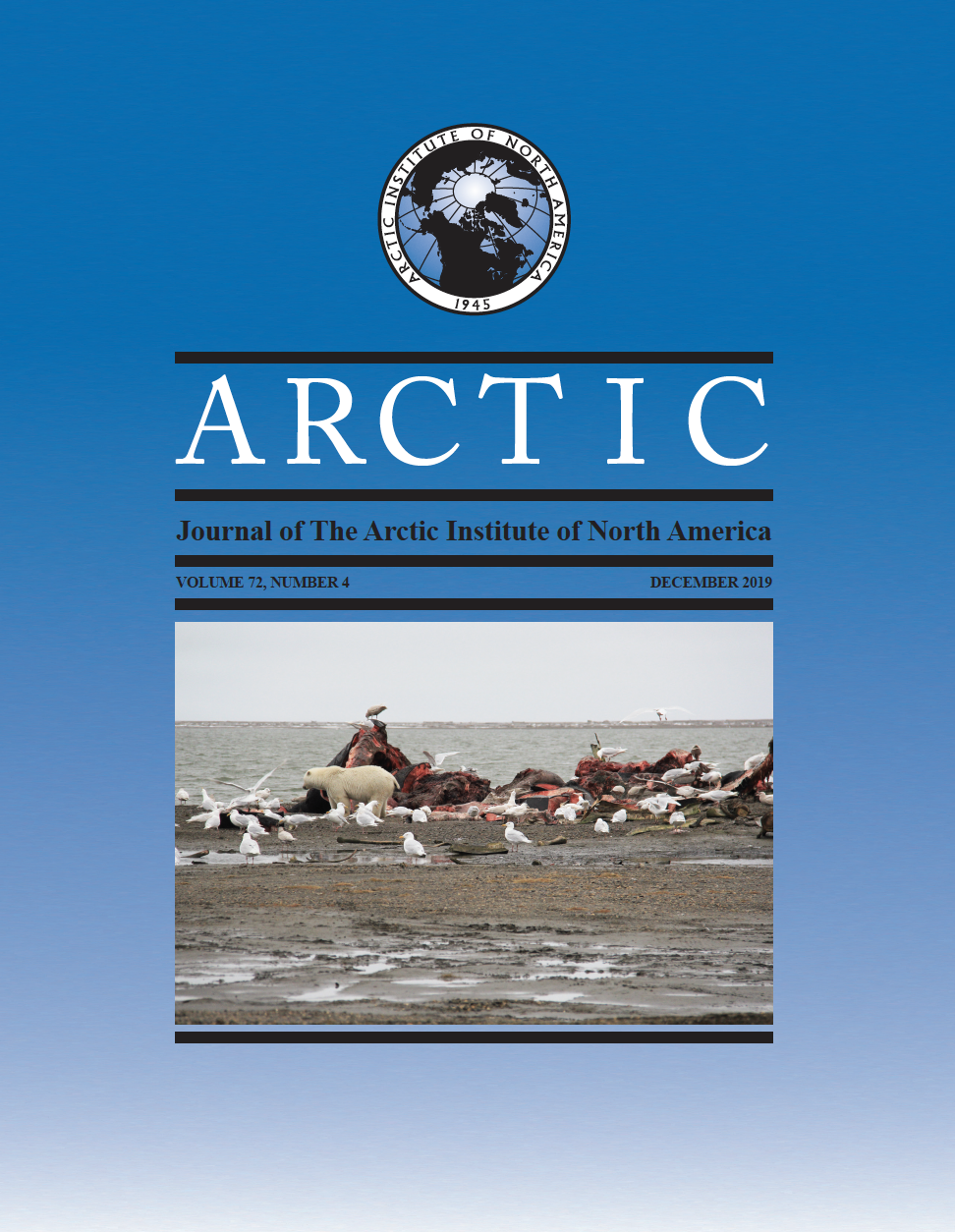Diversity and Keratin Degrading Ability of Fungi Isolated from Canadian Arctic Marine Bird Feathers
DOI:
https://doi.org/10.14430/arctic69301Ключевые слова:
Arctic; gull; keratin degradation; Newfoundland; Nunavut; seabirdАннотация
We present the first records of fungi associated with feathers from seabirds and sea ducks in the Canadian Arctic and sub-Arctic. Birds sampled in Nunavut and Newfoundland (Canada) included the Common Eider (Somateria mollissima), King Eider (S. spectabilis), Black-legged Kittiwake (Rissa tridactyla), Northern Fulmar (Fulmarus glacialis), Glaucous Gull (Larus hyperboreus), Black Guillemot (Cepphus grylle), and Thick-billed Murre (Uria lomvia). In total 19 fungal species were cultured from feathers, identified using ITS rDNA barcoding, and screened for their ability to degrade keratin using a keratin azure assay. Our results indicate that 1) of the 19 isolates, 74% were ascomycetes, while the remaining 26% were basidiomycetes (yeasts); 2) 21% of the ascomycete isolates demonstrated keratinolytic activity (a known pathogenicity factor for fungi that may potentially be harmful to birds); 3) the largest number of fungi were cultured from the sampled Thick-billed Murre; and 4) based on a multiple correspondence analysis, there is some indication that both the King Eider and the Thick-billed Murre collected in the low Arctic had distinct fungal communities that were different from each other and from the other birds sampled. Although our sample sizes were small, initial trends in point (4) do demonstrate that additional study is merited to assess whether the fungal community differences are influenced by variation in the known ecologies of the avian hosts and fungi identified.


